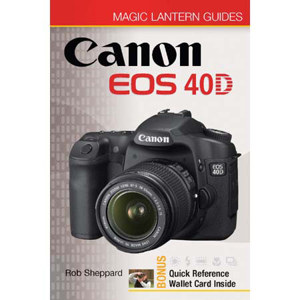Re-edited, poorly, from my phone. Once you get into bad habits they are hard to break. I take tons of photos then go back and wanna kick myself for not using the backlighting from the camera settings, or amp up the greens in certain situations. Some that just aren't as good as they could have been even using post-editing.
However, I did believe you were the OP if it makes you feel any better. Some people (few) are naturals. I'd never hand someone a flex or rotary and let them go at a scrap panel with no direction from any form; a book, youtube, or 1 on 1 guidance. Also without those directions I feel like little progress would be made with a traditional styled DA. Point is, learning as much as possible before trying to figure something out on your own is often the best approach.
Sorry for the confusion.
